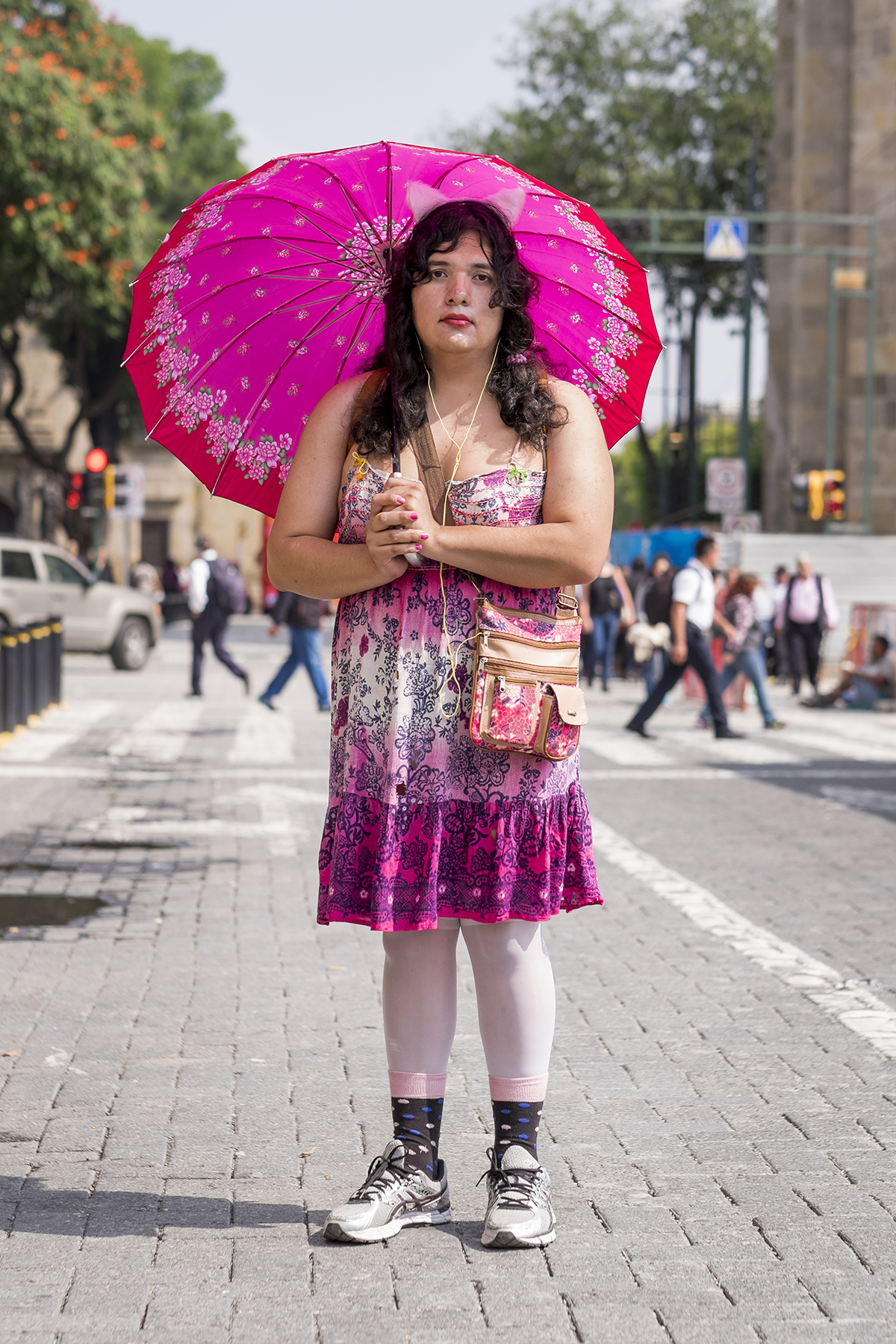Shooting love, life and death on the streets of Mexico
- Text by Biju Belinky
- Photography by Charlie Kwai, Paul Storrie and Chris Lee

When it comes to capturing Mexico as a country, few people have got it right. Usually, the photographs focus on the exoticisation of the landscape or a repeated set of tropes – a portrayal of stereotypes from the perspective of an outsider. Which is why Sweet Dreams, the new book by photo collective Tripod City, is such a breath of fresh air.
The images, captured by photographers Paul Storrie, Chris Lee and Charlie Kwai, steer clear of stereotypes, turning their lenses instead to the real people of the city. “A big part of the collaboration is about going to places that you feel you really know, but have never been,” Charlie tells Huck. “For example, when you say Mexico people think: Cactus, tequila, cowboys, beaches…very stereotypical things. Is that really well-informed? Probably not. So we went there and put those theories to the test.”
“Some were actually very true, some weren’t at all. A lot of the news when we were there was about the cartels and the drugs and stuff, and like yes, it’s definitely a thing, but it didn’t dominate our trip the way we assumed it would. So it’s about demystifying a few things and turning the attention on more positive things.”
The three photographers met in college 13 years ago, before going on to study at Central Saint Martins together. Their styles of shooting create a multifaceted perspective of wherever they’re visiting: Paul creates spontaneous posed portraits, while Chris shows the interaction of people with their environment, from a distance. Charlie shoots up close and personal, capturing a moment that can only happen once.
Sweet Dreams – created in collaboration with designer Bruce Usher and being funded via Kickstarter now – explores “love, life and death”, using the Day of the Dead as a starting point.
“Sweet Dreams is a good title for a fairy tale – you can say sweet dreams to who you love, like good night, you can say sweet dreams to someone who’s just died and is never gonna wake up again,” Charlie adds. “So there’s a double meaning, it’s positive and negative at the same time. We saw Mexico as love and death combined in the same breath, basically. And everything’s pink as well, so it’s sweet.”
Sweet Dreams: Love, life & death in Mexico by Tripod City is being funded on Kickstarter right now.
Enjoyed this article? Like Huck on Facebook or follow us on Twitter.
Latest on Huck

Clubbing is good for your health, according to neuroscientists
We Become One — A new documentary explores the positive effects that dance music and shared musical experiences can have on the human brain.
Written by: Zahra Onsori

In England’s rural north, skateboarding is femme
Zine scene — A new project from visual artist Juliet Klottrup, ‘Skate Like a Lass’, spotlights the FLINTA+ collectives who are redefining what it means to be a skater.
Written by: Zahra Onsori

Donald Trump says that “everything is computer” – does he have a point?
Huck’s March dispatch — As AI creeps increasingly into our daily lives and our attention spans are lost to social media content, newsletter columnist Emma Garland unpicks the US President’s eyebrow-raising turn of phrase at a White House car show.
Written by: Emma Garland

How the ’70s radicalised the landscape of photography
The ’70s Lens — Half a century ago, visionary photographers including Nan Goldin, Joel Meyerowitz and Larry Sultan pushed the envelope of what was possible in image-making, blurring the boundaries between high and low art. A new exhibition revisits the era.
Written by: Miss Rosen

The inner-city riding club serving Newcastle’s youth
Stepney Western — Harry Lawson’s new experimental documentary sets up a Western film in the English North East, by focusing on a stables that also functions as a charity for disadvantaged young people.
Written by: Isaac Muk

The British intimacy of ‘the afters’
Not Going Home — In 1998, photographer Mischa Haller travelled to nightclubs just as their doors were shutting and dancers streamed out onto the streets, capturing the country’s partying youth in the early morning haze.
Written by: Ella Glossop







